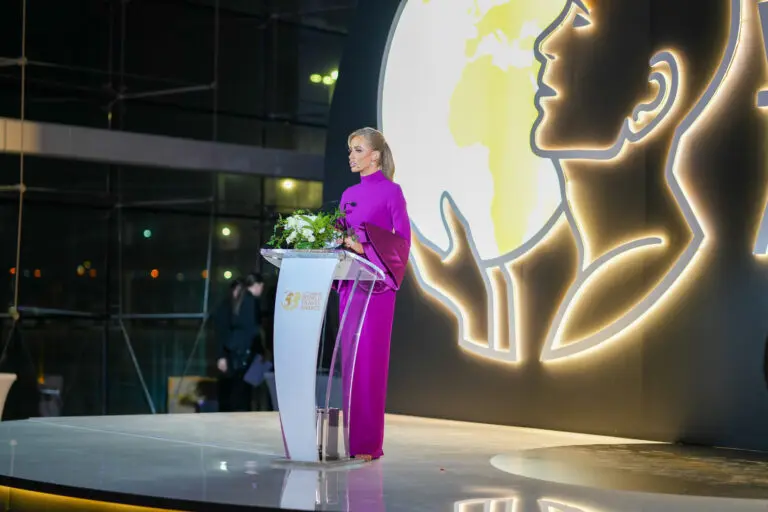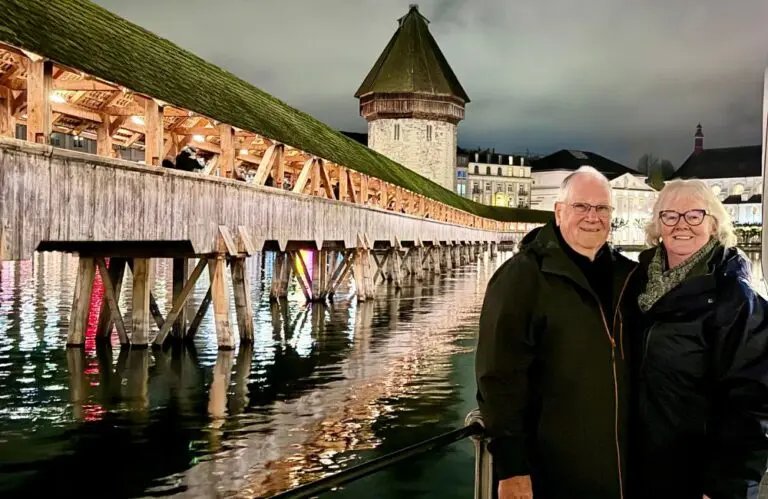Culinary tourism hot spots on the rise and key trends have been identified by Luxury Group by Marriott International in its new ‘The Future of Food 2025 Asia Pacific’ report.
The Asia Pacific region is emerging as a key destination driving innovative dining experiences and shaping global gastronomy trends, according to a new report by The Luxury Group by Marriott International.
The report, which features insights from more than 30 top chefs, mixologists, and industry insiders, identifies 10 key trends influencing the food and dining industry and the region’s transformative impact on global cuisine.
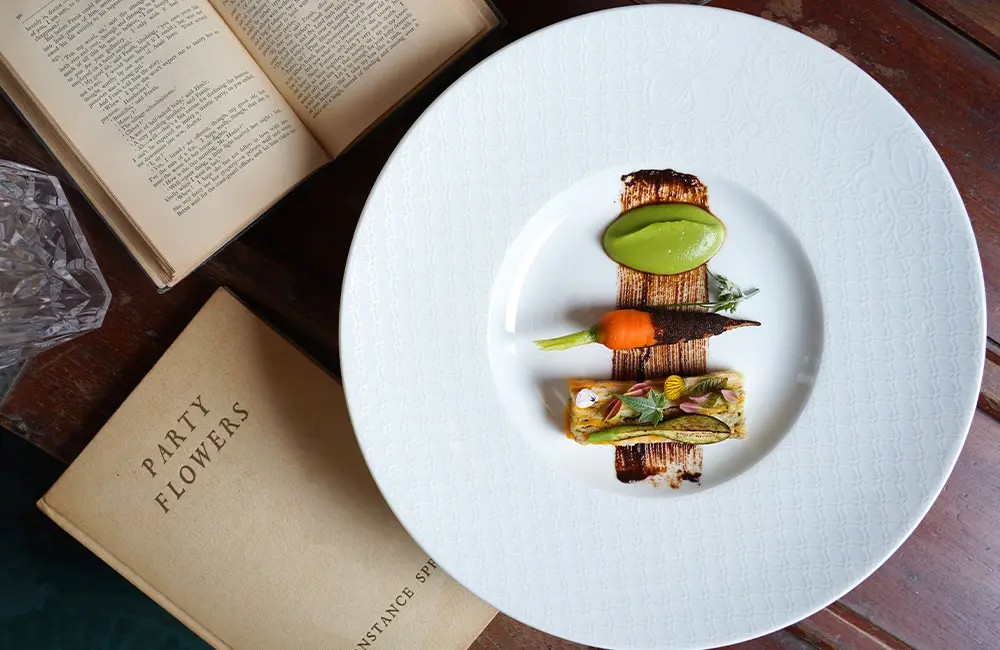
Asia Pacific currently holds a substantial 37.8 per cent share of the global culinary tourism market, valued at USD$1.1 trillion in 2023, according to The Brainy Insights Culinary Tourism Market Research Report.
This figure is projected to soar to USD$6.2 trillion by 2033, cementing the region’s position as a culinary epicentre.
Oriol Montal, Managing Director of Luxury for Asia Pacific excluding China, Marriott International, emphasised the region’s pivotal role.
“The Future of Food 2025 report highlights Asia Pacific’s transformative influence on global culinary landscapes. As gastronomy becomes an integral part of travel experiences, dining has emerged as a key factor driving tourism decisions,” said Montal.
Key trends shaping the future of food
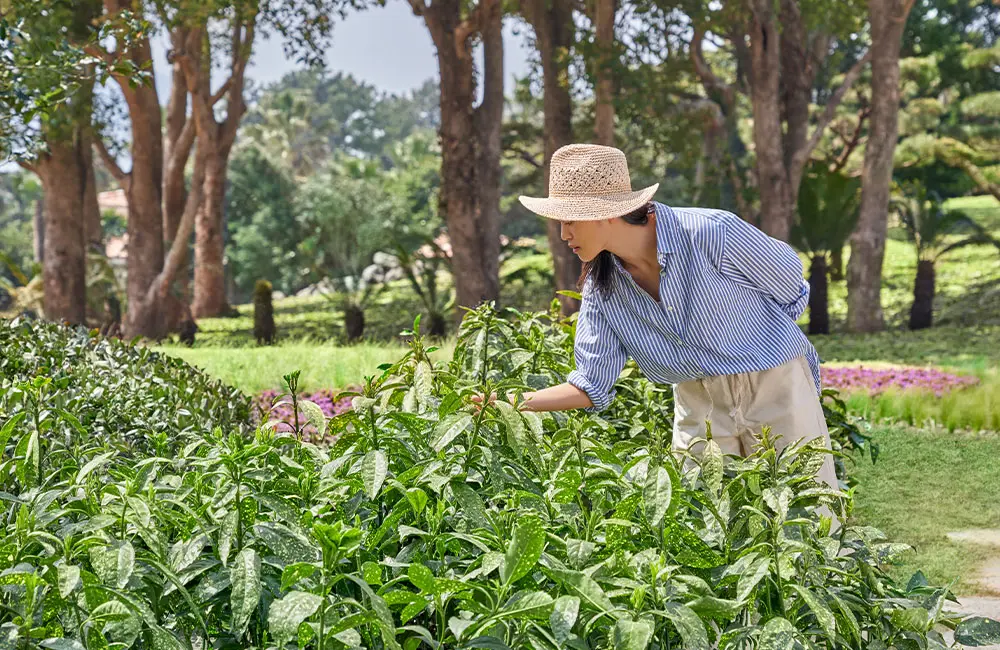
Revival of forgotten ingredients and traditions
Amid rising environmental concerns, chefs have a deeper appreciation for labour-intensive traditions and forgotten ingredients, integral to Asia Pacific heritage. Across the region, chefs are preserving and also innovating within their culinary traditions: from nose-to-tail cooking to artisanal jang production, making significant contributions to both their cultural heritage and global sustainability efforts.
Fine dining redefined: hyperlocal hype and superfine dining
Dining outlets are celebrating lesser-known regional cuisines, offering culturally enriching and gastronomically satisfying dining adventures. Fine dining establishments are pivoting towards exclusivity by elevating prices, limiting covers, and introducing membership-based access, creating value for guests through exceptional experiences. Additionally, the emphasis on quality over quantity and shorter, faster, more relaxed dining experiences in intimate settings is becoming prominent.
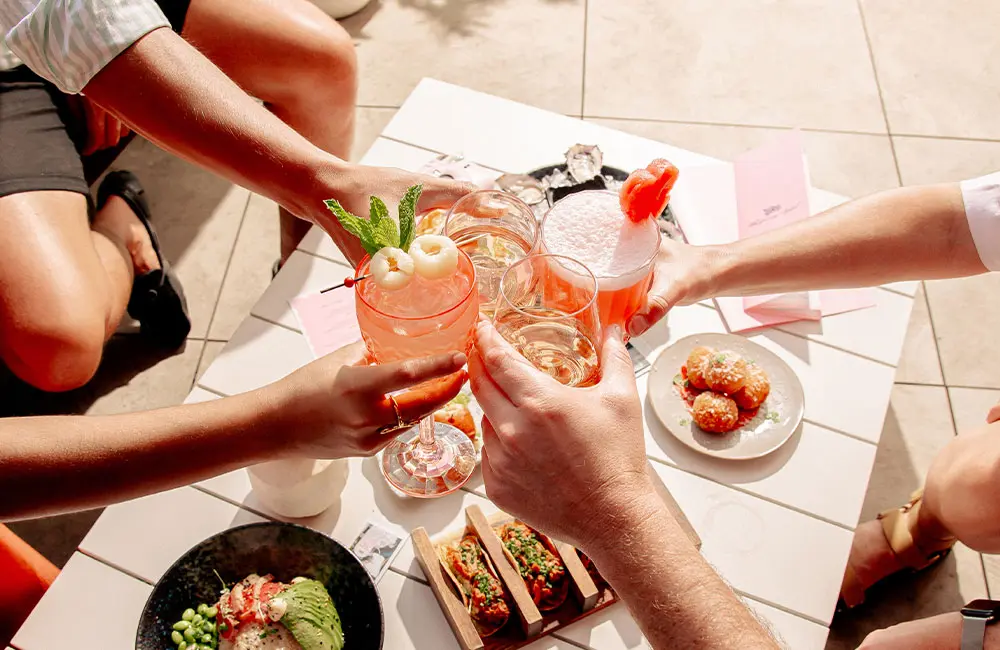
Wellness on the plate
The wellness revolution is influencing food choices. While anti-aging foods that support hormone balance and enhance dopamine levels gain popularity, longevity is the new luxury. Food is regarded as medicine, with restaurants shifting to offering nutritious, chef-curated menus that prioritise fresh, whole ingredients and transparent sourcing. Hyper-personalised diets powered by AI can provide meal recommendations based on individual physiological and psychological states.
10 emerging culinary destinations
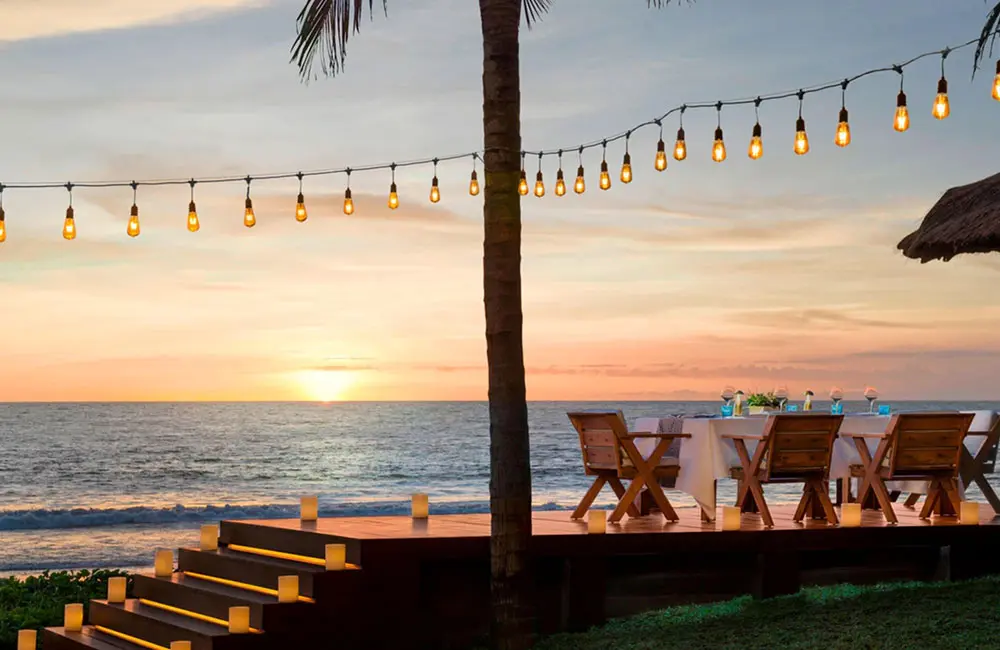
As infrastructure and digital connectivity improve, new hotspots for culinary tourism are emerging, solidifying the region’s status as a global centre for cultural and culinary excellence.
The report identifies the diverse and vibrant food cultures in these 10 destinations:
- Bali, Indonesia
- Busan, Korea
- Ho Chi Minh City, Vietnam
- Jeju, Korea
- Kuala Lumpur, Malaysia
- Manila, Philippines
- Mumbai, India
- Niseko, Japan
- Shanghai, China
- Tasmania, Australia
They are redefining local dining scenes and setting new standards in global gastronomy with unique, hyperlocal dining experiences that celebrate indigenous ingredients and traditional cooking techniques.
“Many of the restaurants and bars awarded in the last few years have been from Tokyo, Singapore, Seoul, Bangkok and Hong Kong. I think you’ll see a shift in this representation in the coming years,” said Daniel Ayres, Director of Restaurants & Bars, Luxury, Asia Pacific excluding China, Marriott International.
Luxury Group by Marriott International features more than 520 hotels and resorts in 70 countries and territories through its The Ritz-Carlton, Ritz-Carlton Reserve, Bvlgari Hotels & Resorts, St. Regis Hotels & Resorts, EDITION, The Luxury Collection, JW Marriott, and W Hotels brands.
To view the full report visit marriott.com






